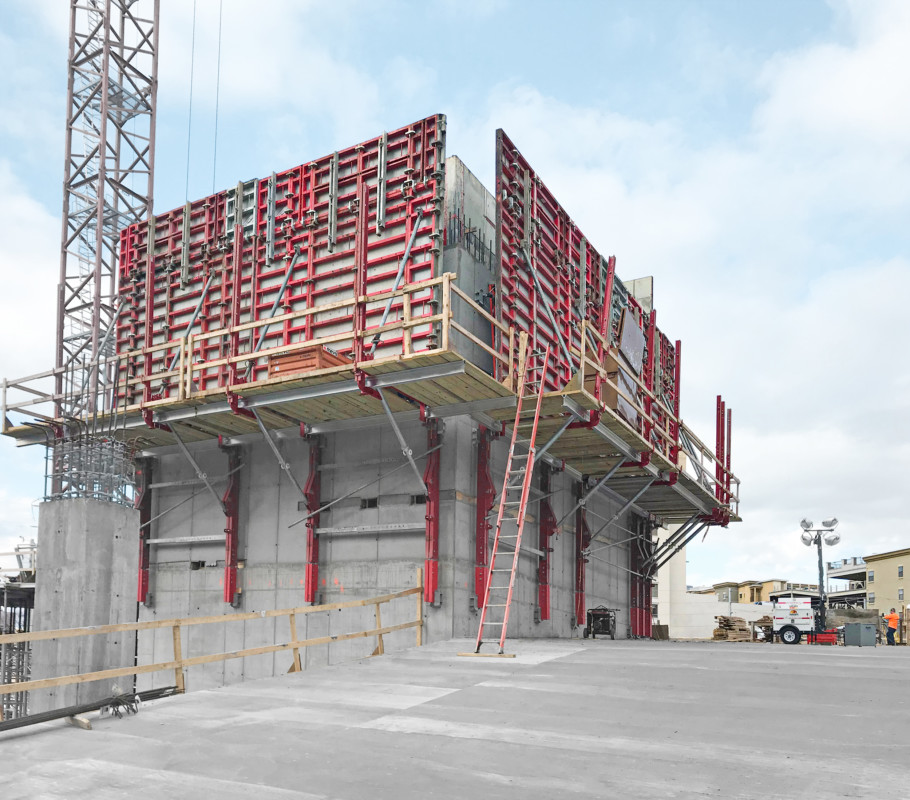Dec . 07, 2024 01:02 Back to list
Exporting Formwork Solutions for High-Rise Building Construction and Development
Formwork for High-Rise Building Construction A Vital Export
In the realm of modern construction, particularly in high-rise buildings, the role of formwork is paramount. Formwork not only shapes the concrete that forms the structural framework of a building but also significantly influences the speed, quality, and overall cost-effectiveness of construction processes. As urbanization continues to expand globally, the demand for high-rise buildings rises, consequently increasing the need for advanced formwork solutions. This article explores the essential aspects of formwork in high-rise construction and the burgeoning export market for innovative formwork systems.
Understanding Formwork
Formwork refers to the temporary or permanent molds into which concrete is poured to achieve a desired shape and support during the curing process. It can be made from various materials, including wood, metal, and plastic. For high-rise buildings, where precision and strength are critical, specialized formwork systems are designed to withstand substantial loads and ensure structural integrity.
Types of Formwork Used
For high-rise buildings, there are several formwork systems utilized based on specific project requirements
1. Traditional Timber Formwork This is the most widely recognized formwork method. It is cost-effective for smaller projects but may not be ideal for tall structures due to its labor-intensiveness and time consumption.
2. Metal Formwork This system is becoming increasingly popular for high-rise buildings. Metal formwork, usually made from aluminum or steel, is durable and reusable, allowing for higher precision and faster installation times.
3. Modular Formwork This innovative approach involves prefabricated units that can be easily assembled and disassembled. Modular systems enhance productivity by reducing labor costs and construction time.
4. Climbing Formwork Specifically designed for high-rise construction, climbing formwork allows the formwork to be raised as the building progresses, which is particularly advantageous for constructing elevator shafts and stairwells efficiently.
formwork for high rise building exporter

The Importance of Quality and Safety
In high-rise construction, the importance of using high-quality formwork cannot be overstated. The safety of the construction site is heavily reliant on the reliability of the formwork system. Poorly designed or improperly installed formwork can lead to catastrophic failures, endangering workers and delaying projects. Therefore, companies that export formwork systems must adhere to stringent quality control standards and safety regulations.
Exporting Formwork Solutions
As global construction activities intensify, the export of formwork solutions has gained significant momentum. Countries with advanced formwork technologies, such as Germany, Italy, and the United States, are leading the way in exporting these essential construction systems worldwide. This export market not only boosts the economy of these countries but also aids developing nations in achieving their construction goals.
Innovations in Formwork Technology
To meet the evolving demands of high-rise construction, innovative formwork technologies are continuously being developed. The use of smart materials, such as lightweight composites and modular designs, is becoming increasingly popular. Additionally, the integration of Building Information Modeling (BIM) with formwork design allows for enhanced visualization and better project management.
Challenges in Formwork Exportation
Despite its growth, the export of formwork solutions faces several challenges. Variability in building codes and regulations across countries can complicate the process. Additionally, logistical issues related to the transportation of large formwork systems can increase costs and affect project timelines. To overcome these hurdles, exporters must develop strategic partnerships and remain adaptable to different market requirements.
Conclusion
The significance of formwork in high-rise building construction cannot be overlooked. As urban centers continue to grow vertically, the demand for efficient and reliable formwork systems will only increase. The export market for formwork is not just an economic opportunity; it represents a crucial component of global construction collaboration. By embracing innovations and addressing challenges, exporters can play a pivotal role in shaping the skyline of future cities worldwide. As this sector evolves, stakeholders must prioritize safety, quality, and sustainability to ensure that high-rise construction meets the demands of tomorrow.
-
Adjustable Heavy Duty Props for Slab Formwork - Max Load & Safety
NewsAug.30,2025
-
Premium Formwork Wing Nuts & Tie Rods | Factory Supplier
NewsAug.29,2025
-
Expert Ringlock Scaffolding: Durable, Safe, Efficient Solutions
NewsAug.28,2025
-
Ringlock Scaffolding: Strong, Safe & Efficient Solutions
NewsAug.27,2025
-
OEM Column Formwork: Circular, Curved & Inclined Solutions
NewsAug.26,2025
-
Premium Scaffolding Jacks: Stable, Adjustable & Durable
NewsAug.25,2025